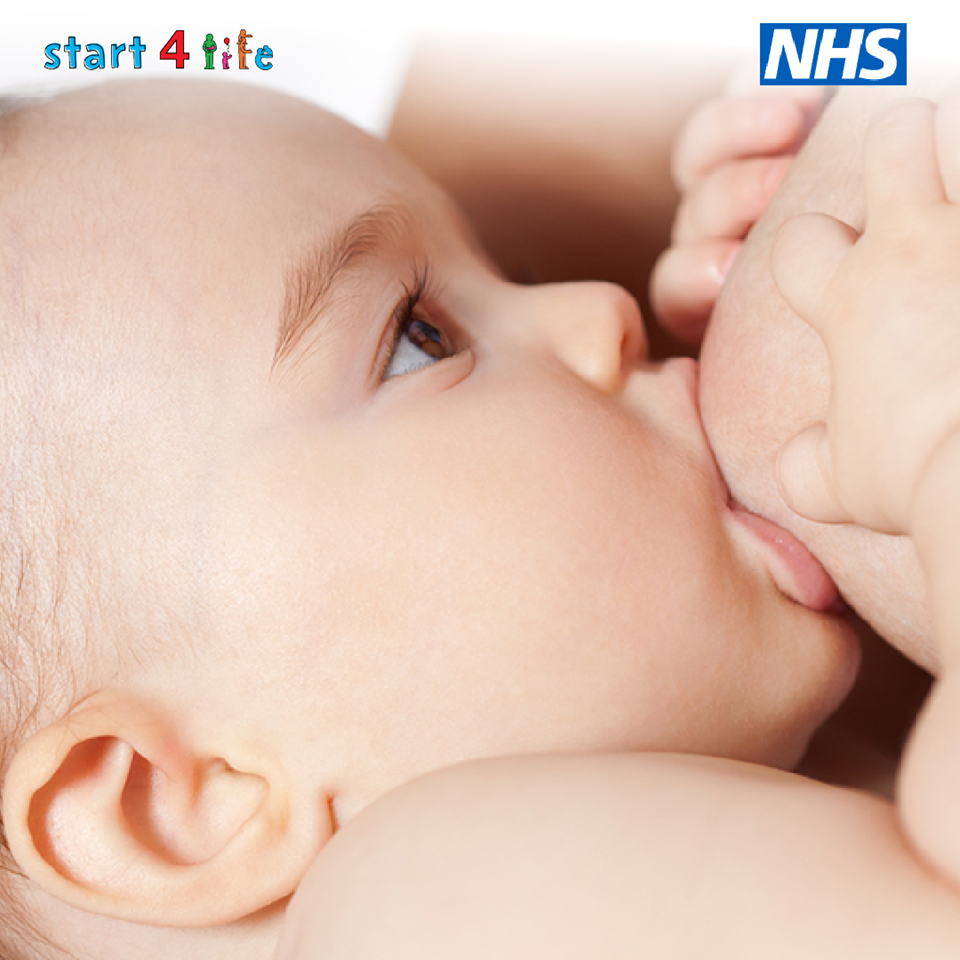Becky Todman is a Community Nursery Nurse and Breastfeeding champion
Breastfeeding positioning and attachment

Getting your baby in the right position for breastfeeding, is it as easy as it seems?
Let’s be honest with ourselves. When you were pregnant you probably had an image in your head of your baby at your breast, feeding happily while you gaze lovingly down at them…
Reality…. You have sore cracked nipples and every feed hurts.
The good news is that you can change this.
It’s important to remember that breastfeeding is a new skill for you both and you’re learning together. A lot of new mums put pressure on themselves when breastfeeding hits a challenge but with the right help and advice you can overcome difficulties.
It’s really beneficial for mum and baby to spend time resting and relaxing together while having lots of skin to skin contact. Don’t worry about the housework, it can wait! All the relaxation and resting helps the happy hormone ‘oxytocin’ to be released. This will then help your milk production and most importantly, help both you and baby to feel calm.
So moving on to when you are attempting to latch your baby. This can be tricky when your baby is hungry and frustrated and just wants milk NOW! When offering breastfeeding support I always use the simple acronym CHIN, developed by Dr Lynette Shotton, Northumbria University, to help with latching. It’s very simple and easy to remember…..
- C- Close. Keep your baby close to you so he/she can scoop enough breast into their mouth.
- H- Head free. When attaching, your baby will tilt their head to allow their chin to come to the breast first, this will then allow them to open their mouth really wide and take a big mouthful of breast.
- I- In line. Your baby’s head and body should be in alignment.
- N- Nose to nipple. Their nose should be in line with your nipple so that the nipple will slip under your baby’s top lip and backwards.
If the latch doesn’t feel quite right or you’re in pain it is absolutely OK to take your baby off the breast and have another go at attaching them. Slip your clean little finger into the side of their mouth to get them to release.
Wait for your baby to open their mouth really wide just before you help them to attach so they take a big mouthful of breast, not just nipple. This will prevent those dreaded sore and cracked nipples (that’s got to be worth remembering!)
Here are a few signs of an effective attachment:
- Chin touching the breast
- Mouth wide open
- Cheeks full and rounded
- More areola (area above nipple) visible above top lip
- Rhythmic suck/swallow with pauses
- Feeding is pain free
There are many different positions you can breastfeed your baby in such as cradle (across the body), rugby (baby under your arm), jockey (baby sits on your lap), or lying down. Every baby is different and what works for one baby may not work for you and your baby. It’s worth experimenting to see what suits you both.
The NHS website has a great video which shows a good latch as well as useful information.
Please don't hesitate to get in touch with us via your Health visiting duty line telephone number if you need any more support or advice. I promise you no question is ever a silly question! We’re all here to help and support you.
If you have any questions, you can send them anonymously using this form and we’ll post the answers to our Facebook page on Fridays - look out for #CYPFChats
All the best to you and your baby and thank you for visiting this blog!